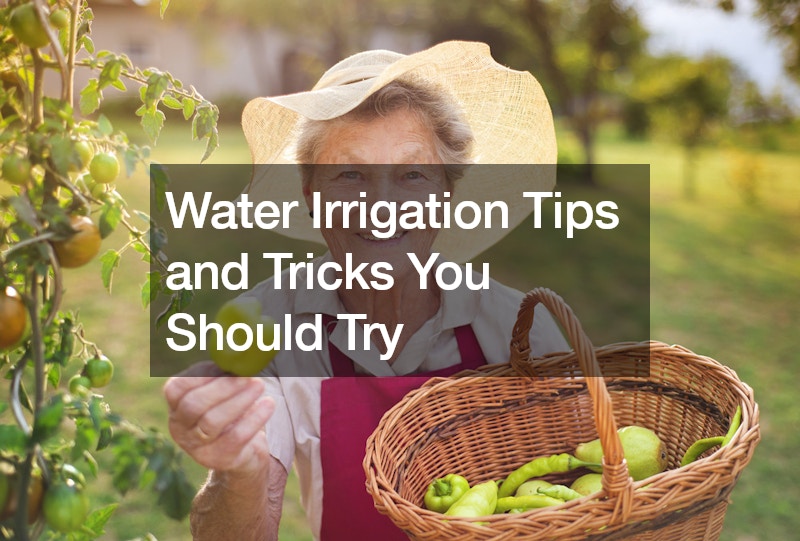Effective irrigation is essential for maintaining a thriving garden. A well-designed watering system ensures that your plants receive the right amount of water without wastage. Whether you’re a seasoned gardener or just starting, implementing the right techniques can make a significant difference. Here are some water irrigation tips and tricks you should try to optimize your watering system for garden success.
1. Choose the Right Type of Irrigation System
The first step to an efficient watering system is selecting the appropriate type of irrigation. Drip irrigation and soaker hoses are popular choices for their water-saving benefits.
Drip irrigation delivers water directly to the base of the plant, minimizing evaporation and runoff. Soaker hoses, which slowly release water along their length, are great for evenly watering rows of plants. Consider your garden’s layout and water needs when choosing the best system.
2. Install a Timer
Automating your watering schedule with a timer can save you time and ensure consistency. Set the timer to water your garden early in the morning or late in the evening when temperatures are cooler and evaporation rates are lower. This ensures that more water reaches the roots and less is lost to the atmosphere. Timers can be adjusted seasonally to account for changes in weather and plant needs.
3. Use Mulch to Retain Moisture
Mulching is a simple yet effective way to retain soil moisture. Apply a layer of organic mulch, such as straw, wood chips, or compost, around your plants. Mulch acts as a barrier, reducing evaporation, moderating soil temperature, and suppressing weeds. This not only helps your plants stay hydrated longer but also reduces the frequency of watering.
4. Group Plants by Water Needs
Grouping plants with similar water requirements can make your irrigation more efficient. By planting drought-tolerant species together and those needing more water in another area, you can tailor your watering system to meet the specific needs of each group. This practice, known as hydrozoning, prevents overwatering or underwatering and ensures optimal growth for all plants.
5. Check for Leaks and Blockages
Regularly inspect your irrigation system for leaks, clogs, or blockages. Small issues can lead to significant water loss over time. Check drip emitters, hoses, and connectors to ensure they are functioning correctly. Cleaning or replacing faulty parts will maintain the efficiency of your system and conserve water.
6. Incorporate Rainwater Harvesting
Utilizing rainwater for irrigation is an eco-friendly and cost-effective method. Install rain barrels or a rainwater harvesting system to collect runoff from your roof. This water can then be used to supplement your garden’s needs, reducing reliance on tap water and lowering your water bill. Ensure your storage system is covered to prevent mosquito breeding and debris accumulation.
7. Adjust Your System Seasonally
As the seasons change, so do the water requirements of your plants. In spring and summer, when plants are actively growing, they may need more frequent watering. Conversely, in fall and winter, their water needs decrease. Adjust your irrigation system accordingly to avoid overwatering during cooler months and to provide sufficient moisture during warmer periods.
8. Use a Moisture Meter
A soil moisture meter can help you determine when and how much to water. By measuring the moisture level at the root zone, you can avoid overwatering, which can lead to root rot and other issues. This tool is especially useful for new gardeners who are still learning the water needs of their plants.
Implementing these water irrigation tips and tricks can significantly enhance the effectiveness of your watering system for garden success. By choosing the right system, using timers, applying mulch, and incorporating other best practices, you can ensure your garden remains lush and healthy while conserving water and reducing maintenance efforts.
.










